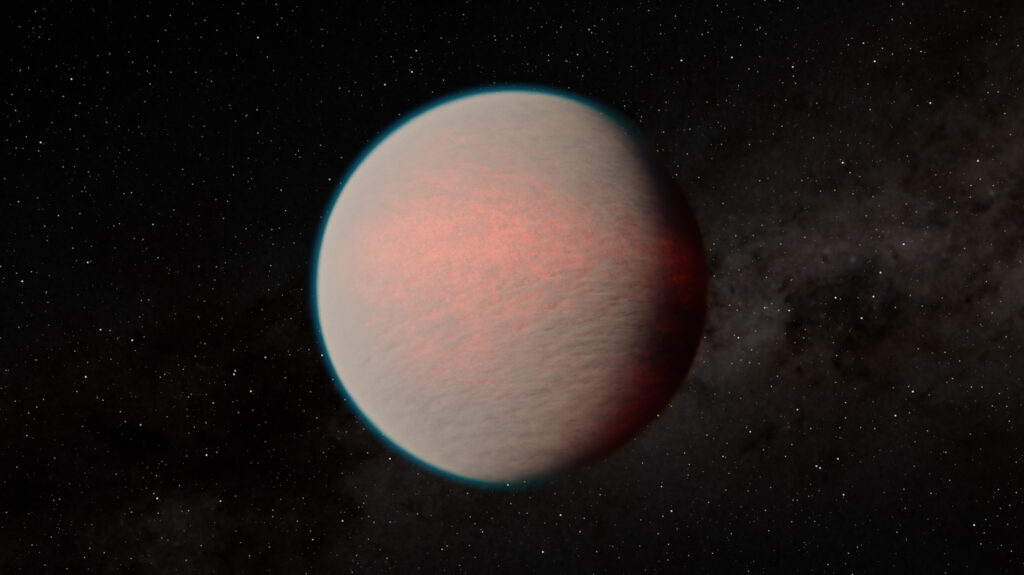Analyzing data collected by the TESS telescope, an international team of astronomers has discovered a new exoplanet. It is a bloated super-Neptune.

The TESS Space Telescope is conducting a survey of about 200 thousand of the brightest stars located near the Sun. Its purpose is to search for periodic changes in brightness caused by transits of exoplanets orbiting them. During its mission, the telescope identified about 6,600 exoplanet candidates. To date, astronomers have been able to confirm the existence of 331 of them.
One of the worlds studied by TESS was the yellow dwarf TOI-2498, located at a distance of 900 light-years from Earth. The space observatory managed to record regular changes in the brightness of the star, indicating the presence of an invisible companion. Subsequent observations made by ground-based telescopes were able to confirm the existence of this body and determine its main characteristics.
It turns out that the radius of the newly found exoplanet is six times, and the mass is 34.6 times greater than the radius and mass of the Earth. This gives an average density of 0.86 g/cm3. Thus, the exoplanet is a “bloated” super-Neptune. Such bodies occupy an intermediate position between planets like Neptune and larger gas giants like Saturn and Jupiter.
Apparently, the “bloat” of the exoplanet is related to its orbit. It passes at a distance of only 0.05 AU (7 million km) from the star. Super-Neptune makes one orbit in 3.74 days. According to astronomers, the equilibrium temperature of its surface exceeds 1150 °C.
Astronomers’ calculations suggest that now the gas shell of the planet accounts for about 27% of the total mass of the exoplanet. Most likely, it lost some of the matter due to its proximity to the star. According to the researchers, at the time of its formation (3.6 billion years ago), the exoplanet was comparable in size to Saturn, and the mass fraction of its gas shell ranged from 30% to 45%.
You can also read about how astronomers have confirmed the “orphanhood” of six exoplanets.
According to https://phys.org
Follow us on Twitter to get the most interesting space news in time
https://twitter.com/ust_magazine

